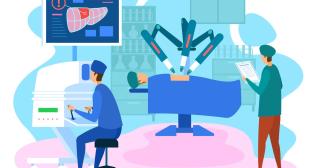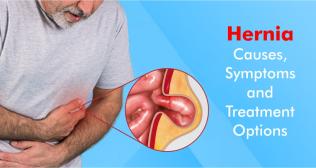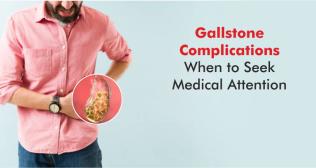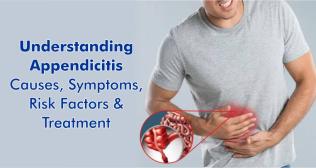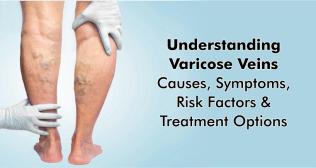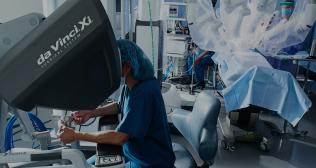
Understanding Gallbladder Stones: Causes, Symptoms, and Treatment Options
Gallbladder stones, also known as gallstones, are a common digestive problem that affects millions of people worldwide. They can be a source of significant discomfort and, if left untreated, lead to complications. In this article, we'll explore the causes, symptoms, risk factors, and advanced treatment options, including the use of robotic surgery for gallbladder stones.
Causes of Gallstones:
Gallbladder stones are solid particles that form in the gallbladder, a small organ beneath the liver responsible for storing bile, which aids in digestion. The primary types of gallstones include cholesterol stones, pigment stones, and mixed stones. These stones develop due to various factors, including an imbalance in the chemical composition of bile, genetic predisposition, and even obesity.
Symptoms of Gallstones:
Gallstones often don't cause any symptoms and may go unnoticed for years. However, when they block the flow of bile from the gallbladder, they can lead to various symptoms, such as:
Abdominal Pain: The most common symptom of gallstones is sudden and severe pain in the upper abdomen or right side. This pain can radiate to the back and shoulder blades.
Nausea and Vomiting: Gallstones can cause nausea and vomiting, particularly after consuming fatty or greasy foods.
Jaundice: In some cases, gallstones can obstruct the bile duct, leading to yellowing of the skin and the whites of the eyes, a condition known as jaundice.
Indigestion and Bloating: Gallstones can also cause indigestion, gas, and bloating.
Risk Factors of Gallstones:
Several factors increase the risk of developing gallstones:
Gender: Women are more likely to develop gallstones than men, particularly those who are pregnant or taking hormonal contraceptives.
Age: Gallstones are more common in people over 40.
Obesity: Being overweight or obese increases the risk of gallstones.
Rapid Weight Loss: Losing weight quickly, whether through diet or surgery, can trigger the formation of gallstones.
Family History: A family history of gallstones can raise your risk.
Gallstones Treatment Options:
Gallbladder stones can be managed through various approaches, including dietary changes and medications. However, when symptoms are severe or complications arise, surgical removal of the gallbladder, known as cholecystectomy, becomes the most effective treatment. There are two primary surgical methods:
1. Laparoscopic Surgery: In this minimally invasive procedure, small incisions are made, and the gallbladder is removed using specialized instruments and a camera.
2. Robotic Surgery: Robotic-assisted surgery is a cutting-edge option. It offers several benefits, including:
a. Minimally Invasive: Robotic-assisted surgery uses small incisions, reducing scarring and postoperative pain.
b. Enhanced Precision: Surgeons have a high-definition, 3D view of the surgical area and can manipulate the robotic arms with incredible precision, leading to reduced complications.
c. Shorter Recovery Time: Patients who undergo robotic gallbladder surgery often experience a quicker recovery, allowing them to return to their normal activities sooner.
d. Reduced Blood Loss: Robotic surgery typically involves less bleeding compared to traditional open procedures.
e. Low Infection Risk: Smaller incisions and better visualization lower the risk of infection.
In conclusion, gallbladder stones are a common digestive problem that can lead to various symptoms and complications. Understanding the causes and risk factors can help individuals manage their risk and seek treatment when necessary. Surgical removal of the gallbladder, either through laparoscopic or robotic-assisted techniques, is the most effective way to treat gallstones. Robotic surgery, in particular, offers numerous advantages, making it a viable choice for those facing gallbladder stone-related issues. If you suspect you have gallstones, consult with a Laparoscopic surgeon to explore the best treatment options for your specific case.
Categories
Clear allMeet the doctor

- General Surgery | General Surgery
-
20 Years
-
1100








